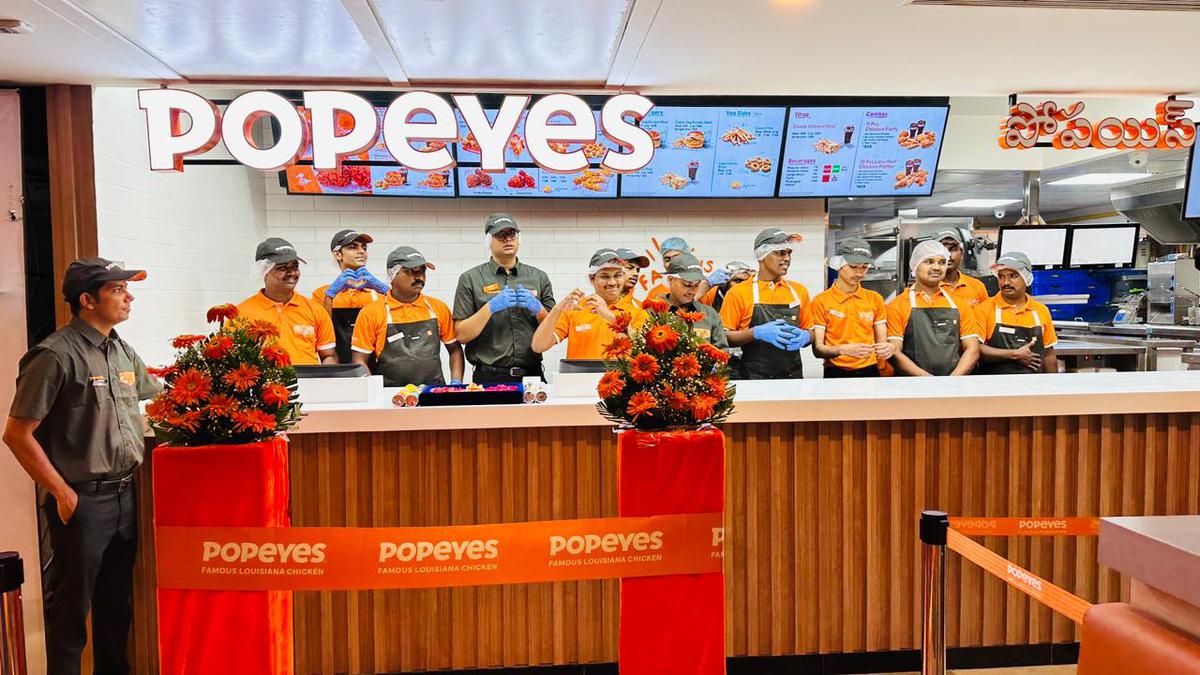Building Profitable QSRs in Tier 1 Cities: A Restaurant Consultant’s Guide
2025-08-07
6 minutes Mins Read
Introduction: The Harsh Reality of Real Estate in Food Business
If you’re planning to open or scale a food business in cities like Mumbai, Delhi, or Bangalore, you’ll face one major obstacle before anything else: real estate costs.
In areas like Colaba, Carter Road, or Indiranagar, rents can hit ₹1,000–₹1,200 per sq ft. That puts traditional restaurant formats under serious pressure — even before a single sale happens.
At DNY Hospitality, we’ve worked with over 550+ brands to reimagine their restaurant models to survive in such high-stake markets. As one of the top hospitality consultancy firms in India, we understand how to make QSRs profitable, scalable, and relevant especially in expensive Tier 1 cities.
1. The Evolution of Restaurant Formats: Flagship to Shelf

QSR success today depends on the ability to adapt your format based on location, audience, and cost structure.
Here’s what we’ve seen work consistently across our food consultancy projects:
- Large Format Cafés: Ideal only for flagship stores or high-visibility brand experiences. These work best in premium zones and should be part of your branding strategy — not your growth model.
- Compact QSRs (300–600 sq ft): This is the most practical format for balancing rent and revenue in Tier 1 markets.
- Kiosks (80–150 sq ft): A great model for areas with heavy footfall — like malls, transit hubs, or business districts.
- Shelf or Vending Machine Models: The most scalable and low-risk option — ideal for placing ready-to-eat products in gyms, coworking spaces, and supermarkets.
In short, build your brand where it matters, and scale with formats that keep your operations lean and ROI positive.
2. Going Lean ≠ Going Blind

Reducing your square footage doesn’t automatically make your brand efficient. Real lean operations come from smarter planning, not just smaller spaces.
Here’s what we implement in every project as part of our food and beverage consulting services:
- Train multi-skilled manpower to handle prep, service, and technology
- Design ergonomic kitchens that reduce movement and save time
- Limit your menu to one or two categories that can be repeated flawlessly
- Automate wherever possible — from ordering to stock tracking and feedback loops
Efficiency is built into the system. That’s the difference between a brand that scales and one that struggles.
3. Your Brand Positioning Is Half the Battle

In Tier 1 cities, having a store in a premium location doesn’t guarantee success. What really matters is how your brand is perceived.
- Known category (e.g., chai)? Then your pricing, menu design, and replication strategy need to be on point.
- Trending category (e.g., boba, baos, poke) Focus on visual identity, packaging, and an aspirational look.
We regularly guide clients through these decisions as experienced restaurant consultants. Brand perception is shaped by your pricing, presentation, and product experience — and these must be tightly aligned.
Ask yourself: Does my brand feel worth what I’m charging? If not, that disconnect will cost you more than rent.
4. Product-Led Growth: The Only Way to Scale

Too many QSRs try to do everything and end up doing nothing well.
We’ve helped scale dozens of brands by applying a product-led strategy, including:
- Offering a tight and memorable menu
- Building clarity around one strong product category — like wraps, coffee, or momos
- Simplifying operations for easy replication
If your goal is to scale, simplicity is your friend. A lean, focused brand with consistent quality always outperforms a menu that tries to please everyone.
Growth comes from clarity, consistency, and repeatability — not variety.
5. Placement Strategy: Market-Product Fit is Everything

A great product won’t succeed if it’s in the wrong place. This is where strategic food consultancy can change the outcome of your brand.
Let’s break it down:
- ₹10 Chai: Should be placed near colleges, railway stations, or market streets
- ₹200 Boba Tea: Needs to be in malls or Gen Z hangouts
- ₹500 Acai Bowl: Belongs in boutique gyms, wellness cafés, or premium lifestyle hubs
Where you place your outlet needs to match your price point, product, and audience — it’s not a guess, it’s a calculated decision. At DNY, this is a core part of our hospitality consultancy approach: we don’t just design brands, we place them where they belong.
6. Retention: It’s Still About Product & Service

Marketing might get you noticed, but what really builds loyalty is consistent product and great service.
Here are a few essentials we implement across brands we support:
- Is the product consistent every time?
- Is the packaging clean and on-brand?
- Is the staff trained to offer great service, even when you’re running lean?
In a compact QSR format, small gaps in service or prep hit harder. That’s why we create SOPs, training modules, and backend systems to ensure the brand experience stays intact — whether you have one outlet or ten.
Conclusion: What the Future of QSR Looks Like
If you want to build a profitable QSR in a Tier 1 city, here's the formula that works:
✔️ Lean in space and operations
✔️ Strong brand positioning
✔️ Singular product focus
✔️ Smart placement decisions
✔️ Consistent service and executionvg
This is the model we follow at DNY Hospitality. As one of India’s most trusted names in food consultancy and restaurant consulting, we help F&B entrepreneurs turn their ideas into scalable, profitable realities — even in the most competitive markets.
Call to Action
📞 Looking to build or reimagine your QSR concept?
Let’s talk. Whether you’re a new entrepreneur or an existing brand, our team of food consultants and business experts will help you structure, launch, and scale — the right way.
👉 Visit www.dnyhospitality.com or email us at yash@dnyhospitality.com















